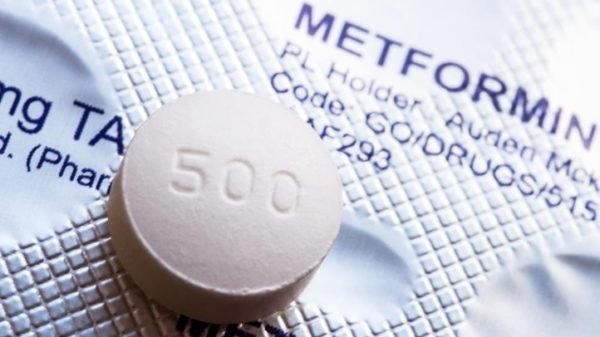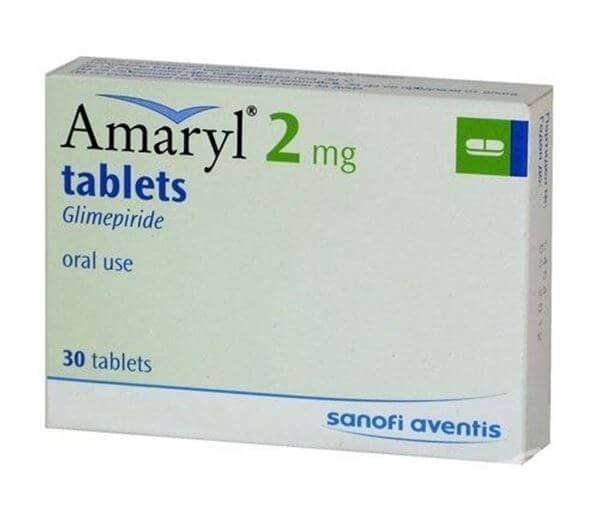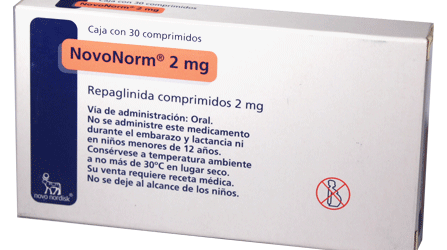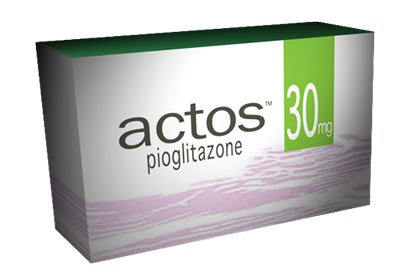Treatment of Diabetes Mellitus Type 2 with drugs require either oral diabetes medications or injectables (Insulin or GLP-1 analogs). Treatment of type 2 diabetes patients should encompass the following goals:
- Glycemic control
- Treatment of associated comorbid conditions and risk factors, and
- Management of diabetes-related complications
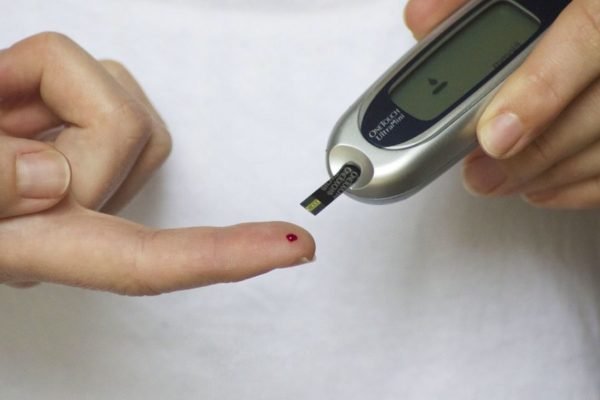
Glycemic control is achieved through the following three interventions:
-
Low caloric, diabetic diet:
- Diabetic patients should avoid taking excess carbohydrates.
- Diet of diabetic patients may include pulses, meat (excluding liver), vegetables, and fruits.
- Raw sugars and sweets should be avoided. Whole fruits may be taken but juices should be avoided.
-
Aerobic exercise:
- The American Diabetes Association recommends a minimum aerobic exercise for half an hour five days a week.
- People doing household activities should not consider that exercise.
-
Injectable and oral diabetes medications:
- Diabetic patients with glycated hemoglobin of more than 8% usually need medications along with regular exercise and a low-calorie diet.

Treatment of associated risk factors and the management of diabetes-related complications will be discussed in another article.
Any treatment that lowers plasma glucose enhances endogenous insulin production and lessens the toxic effects of glucose on islet cells; nevertheless, varioustherapeutic approaches, and frequently insulin, may be needed.
Type 2 Diabetes Treatment - an overview of oral diabetes medications!
Glucose lowering agents are classified on the basis of their mechanism of action as follows:
Biguanides:
-
Examples:
-
Mechanism of Action (MOA):
- Hepatic glucose is decreased production and increases insulin sensitivity is increased
-
Advantages:
- It is inexpensive, weight neutral, widely available, and does not cause hypoglycemia
-
Disadvantages:
- It causes diarrhea and flatulence
-
Contraindications:
- Severe renal, liver and heart diseases, and while performing radiocontrast studies.
-
Which patients may benefit from this group of medicine?
- Metformin is usually the initial therapy in most patients and is continued till the end except for patients who have contraindications or those who develop adverse effects.
Alpha-glucosidase inhibitors:
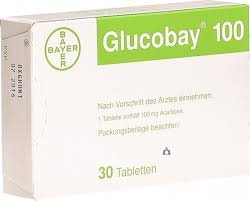
-
Examples:
- Acarbose, Miglitol
-
MOA:
- Inhibits intestinal glucosidases and thus reduces intestinal absorption of glucose
-
Advantages:
- It is helpful in controlling postprandial blood sugars.
-
Disadvantages:
- It may cause severe flatulence and diarrhea
-
Contraindications:
- Patients with severe liver and kidney illness, as well as those with inflammatory bowel conditions, should not take it.
-
Which patients may benefit from this group of medicines?
- This drug is usually added as add-on therapy to patients who are already on two or three anti-diabetic medicines and have a post-prandial hyperglycemia
Dipeptidyl peptidase IV inhibitors:
-
Examples:
- Sitagliptin, vildagliptin, saxagliptin, and linagliptin
-
MOA:
- It inhibits the enzyme DPP IV responsible for cleaving GLP 1. It thus prolongs the action of GLP 1 which delays gastric emptying
-
Advantages:
- Hypoglycemia is prevented and is weight neutral as well.
-
Disadvantages:
- It may cause dyspepsia and postprandial fullness
-
Contraindications:
- Patients with pancreatitis, a history of pancreatitis, or pancreatic cancer should not take it.
Sulfonylureas:
-
Examples:
- Glimepiride, Glibenclamide, Glipizide
-
MOA:
- These drugs increase insulin secretion from pancreatic Beta cells.
-
Advantages:
- Inexpensive and may cause weight gain in emaciated diabetic patients.
-
Disadvantages:
- It causes severe hypoglycemia and weight gain.
-
Contraindications:
- It is contraindicated in renal and liver disease, patients allergic to sulfa drugs and in diabetic ketoacidosis
-
Which patients may benefit from sulfonylureas?
- Diabetic patients who are thin and lean (causes weight gain), those who are poor (inexpensive) and as add on therapy to patients who have uncontrolled blood sugars despite other medications.
Meglitinides (Short-acting oral diabetes medications):
-
Examples:
- Repaglinide and nateglinide
-
MOA:
- Increases insulin secretion
-
Advantages:
- These drugs are short-acting, patients at-risk of hypoglycemia may specifically benefit from meglitinide.
-
Disadvantages:
- Hypoglycemia and weight gain
-
Contraindications:
- Advanced liver and renal disease, concomitant use with NPH insulin and patients with diabetic ketoacidosis
-
Which patients may benefit from Meglitinides?
- Patients who are at risk of hypoglycemia especially patients with the renal disease when insulin is indicated but the patient is not willing to take it. It may be beneficial in elderly patients who require insulin secretagogues.
Thiazolidinediones (Oral Diabetes Medications out of vogue):
-
Examples:
- Pioglitazone and rosiglitazone
-
MOA:
- Increases insulin sensitivity and glucose utilization.
-
Advantages:
- These drugs do not cause hypoglycemia and may be used to treat hepatic steatosis.
-
Disadvantages:
- Weight gain, fluid retention, and fractures
-
Contraindications:
- Congestive cardiac failure, macular edema, and advanced liver and renal disease
SGLT 2 Inhibitors - novel oral diabetes medications:
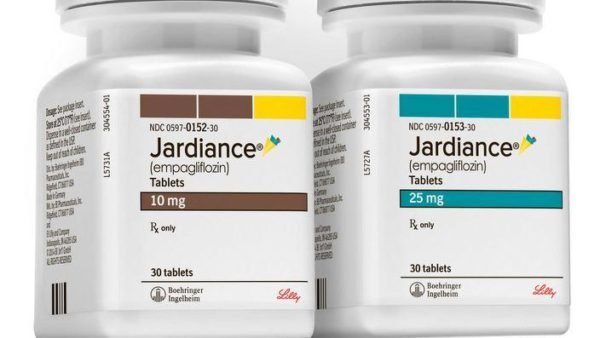
-
Examples:
-
MOA:
- It inhibits glucose reabsorption by inhibiting SGLT 2
-
Advantages:
- It does not cause hypoglycemia, reduces weight and blood pressure.
-
Disadvantages:
- It raises the possibility of vaginal and urinary tract infections as well as dehydration.
-
Contraindications:
- It is contraindicated in patients with diabetic ketoacidosis, hyperosmolar hyperglycemia, acute renal failure and pregnancy
GLP 1 receptor analogs - injectable & Oral diabetes medications:
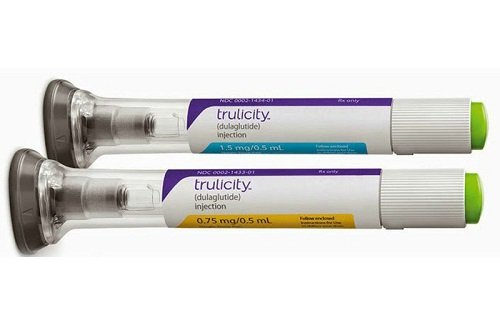
-
Examples:
- Exenatide, liraglutide, dulaglutide, and Semaglutide
-
MOA:
- It competes with GLP-1, inhibiting GLP-1, slows gastric emptying, increase insulin secretion, decreases glucagon secretion and increases satiety
-
Advantages:
- It reduces weight and does not cause hypoglycemia. Dulaglutide may be administered once weekly.
-
Disadvantages:
- It is available as injectable and may cause injection site pain and reactions, causes hypoglycemia if given with sulfonylureas and may cause gastrointestinal discomfort and post-prandial fullness.
- Recently, oral Semaglutide has been Approved by the FDA by the brand name of Rybelsus.
-
Contraindications:
- It is contraindicated in severe liver and renal disease, pancreatitis and personal or family history of pancreatitis.
Insulin:

-
Examples:
-
MOA:
- It boosts cells' absorption of glucose while reducing hepatic glucose synthesis.
-
Advantages:
- It is safe in liver, renal and heart disease and has a known safety profile
-
Disadvantages:
- It requires to be injected, causes weight gain and hypoglycemia.
-
Contraindications:
- No absolute contraindications exist except allergic reactions to insulin
In conclusion:
The list of available treatment for Diabetes Mellitus Type 2 is progressively getting longer as newer medicines are available. Apart from the above-mentioned drugs, to reduce the pill burden, anti-diabetic medications are also available in combination.
The popular combination includes:
- Metformin with sulfonylureas (glimepiride, Glyburide)
- Metformin with Pioglitazone (Piozer plus)
- Pioglitazone with Glimipiride (Piozer-G)
- Metformin with DPP-4 inhibitors (Janumet, Galvus-met, Jentadueto XR)
- Metformin with SGLT-2 inhibitors (Synjardy, Xigduo-XR)
A triple combination has got FDA approval recently by the brand name of TRIJARDY XR. It is a combination of Empagliflozin, Linagliptin, and extended-release Metformin.
